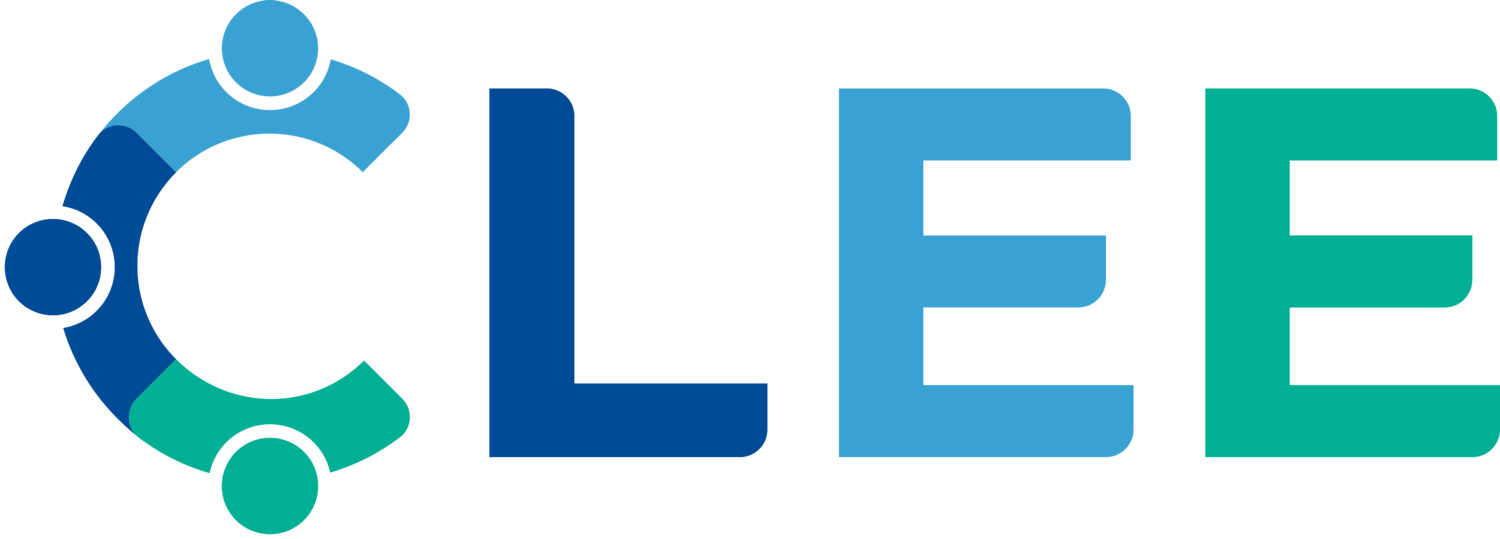School Improvement Is a School-Wide Practice
School Improvement Plans and District Strategic Plans can be an important roadmap for school improvement, but how do you enact them? How do you keep momentum if leaders and/or educators leave or are added year-to-year?
Continuous cycles of improvement can be a path to implement and evaluate a School Improvement Plan. It builds in looking at data to identify next steps and monitor progress. It also leverages the expertise in the school to unpack and solve dilemmas that arise during implementation. The improvement plan can be parsed into short Plan, Do, Study, Act cycles to share the implementation and turn it into smaller changes that can be individually tested. All stakeholders can be engaged in key parts of the process, including the root cause analysis, to ensure that their experiences are front and center when designing for improvement.
Building these practices also protects your momentum from turnover in staff because it creates a shared ownership and skill set that permeates the school. It turns school improvement into a practice that is embedded into the culture of the school, can be transferred to new staff, and strengthens their work as a team. Enacting a School Improvement Plan no longer needs to be on the shoulders of one person that may not stay for its duration, but a shared practice. Continuous improvement is a process that everyone can learn!
One large middle school using continuous cycles of improvement to enact their School Improvement Plan had three principals over the course of 4 years. Because the first principal established continuous improvement as an embedded practice, the school team developed shared ownership that permeates throughout the school. Every single person has a role in this work; it is not owned by a positional leader. They included students, teachers, staff, and leaders. The second and third principals were able to strengthen the work of the existing team and kept it going. Student engagement also helped center the improvement on equity. They said, “In order to change student culture, we need to change adult culture”
CLEE can support you to Lead Continuous Cycles of Improvement to enact your School Improvement Plan or District Strategic Plan.

